In Binh Thuan , collective economic models have been playing an important role in local economic development, especially in the agricultural sector. Over the past time, the Government has always encouraged and created favorable conditions according to the law for the collective economic and cooperative sectors to develop rapidly, sustainably, inclusively and comprehensively.
Many cooperatives operate effectively
When mentioning Binh Thuan, people will immediately think of dragon fruit, a crop that has helped many farmers escape poverty, including cooperative members. In recent years, agricultural cooperatives producing dragon fruit have contributed to building the Binh Thuan dragon fruit brand in the domestic and international markets. Some cooperatives were established early and developed sustainably, such as Thuan Tien Dragon Fruit Cooperative, Ham Duc Dragon Fruit Cooperative, Hoa Le Cooperative, etc., and have succeeded in linking production, applying advanced technology and meeting export standards.
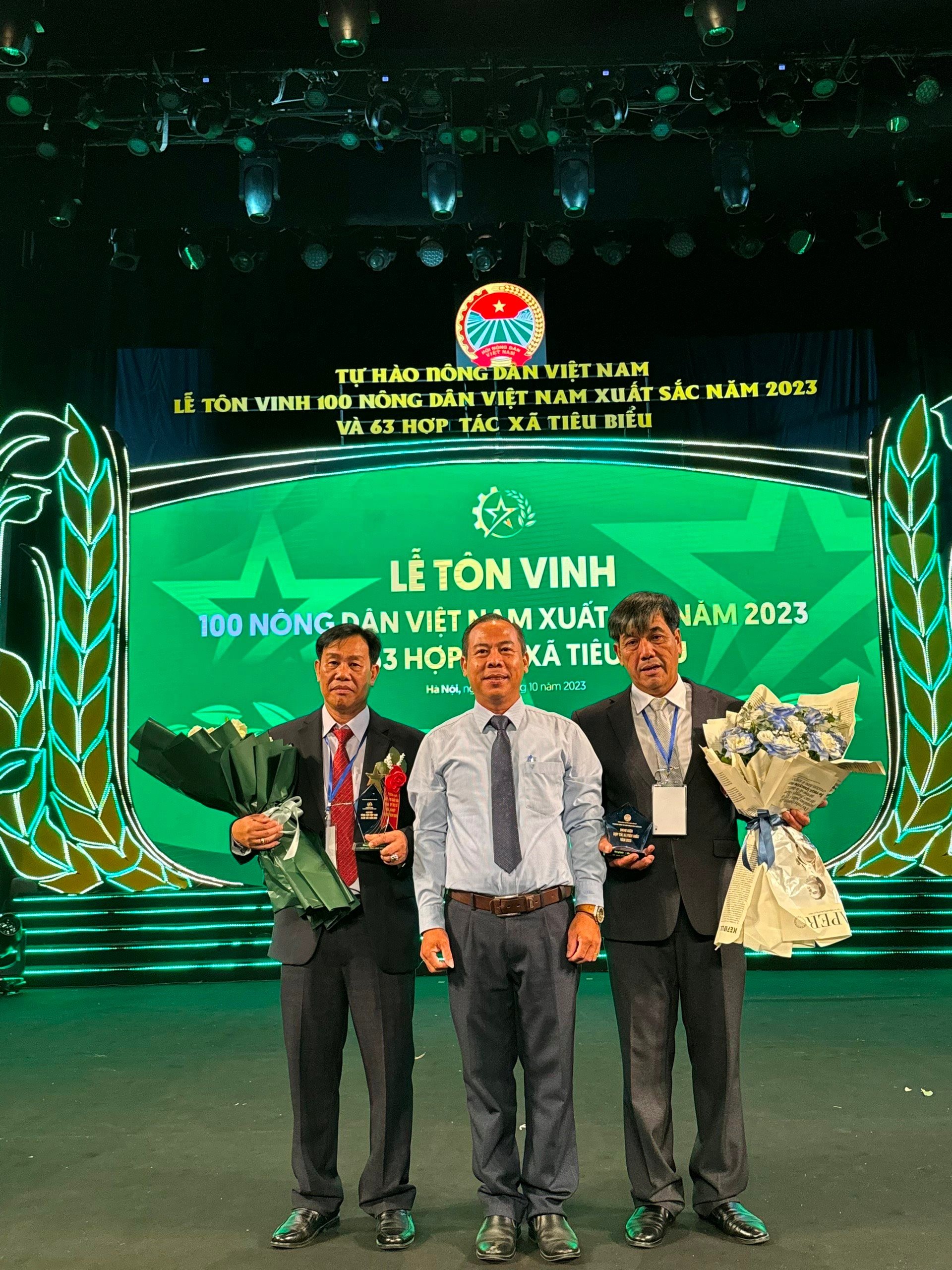

With 11 members and 30 hectares of dragon fruit production according to VietGap, GlobalGAP, Fairtrade standards, Thuan Tien Dragon Fruit Cooperative (Ham Thuan Bac) has achieved the goal of improving the quality of dragon fruit products, creating a closed cycle in production, purchasing, consumption, and export of dragon fruit; encouraging the consumption of agricultural products by oriented contracts to open up a positive direction. After 3 years of operation, the cooperative's dragon fruit products have conquered new markets such as: European, American, Australian markets, domestic supermarkets... In 2023, Thuan Tien Dragon Fruit Cooperative was honored by the Vietnam Farmers' Association as one of 63 typical cooperatives nationwide.
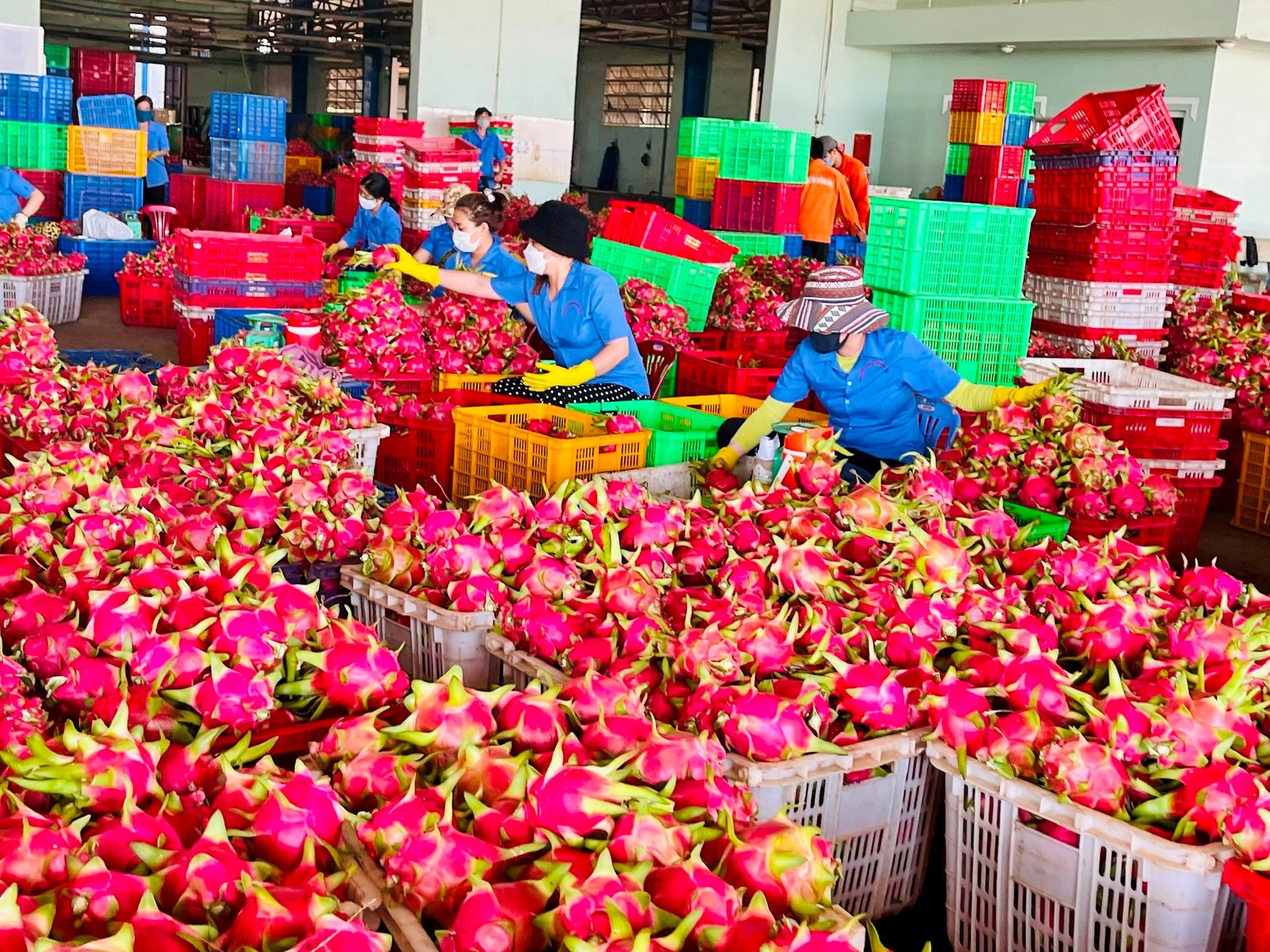
Or Long Dien 1 Agricultural Service Cooperative (Lien Huong town, Tuy Phong district), established in 1979 and in 2013 switched to operating under the new cooperative model under the Cooperative Law 2012. Currently, the cooperative has 487 members with a cultivation area of more than 280 hectares of commercial rice and 45 hectares of dragon fruit. With consensus and solidarity, member farmers have joined together to shift from small-scale production to developing into inter-cropping rice growing areas. This makes plowing and harvesting more convenient and easier for applying scientific and technological advances, bringing mechanization to the fields. In particular, in 2018, the cooperative boldly deployed the cultivation of Dai Thom 8 rice variety and cooperated with Long Thao Rice Mill to process finished rice products that are popular in the market. The application of new rice varieties and product consumption helps members increase profits by 3 - 5 million VND/ha.
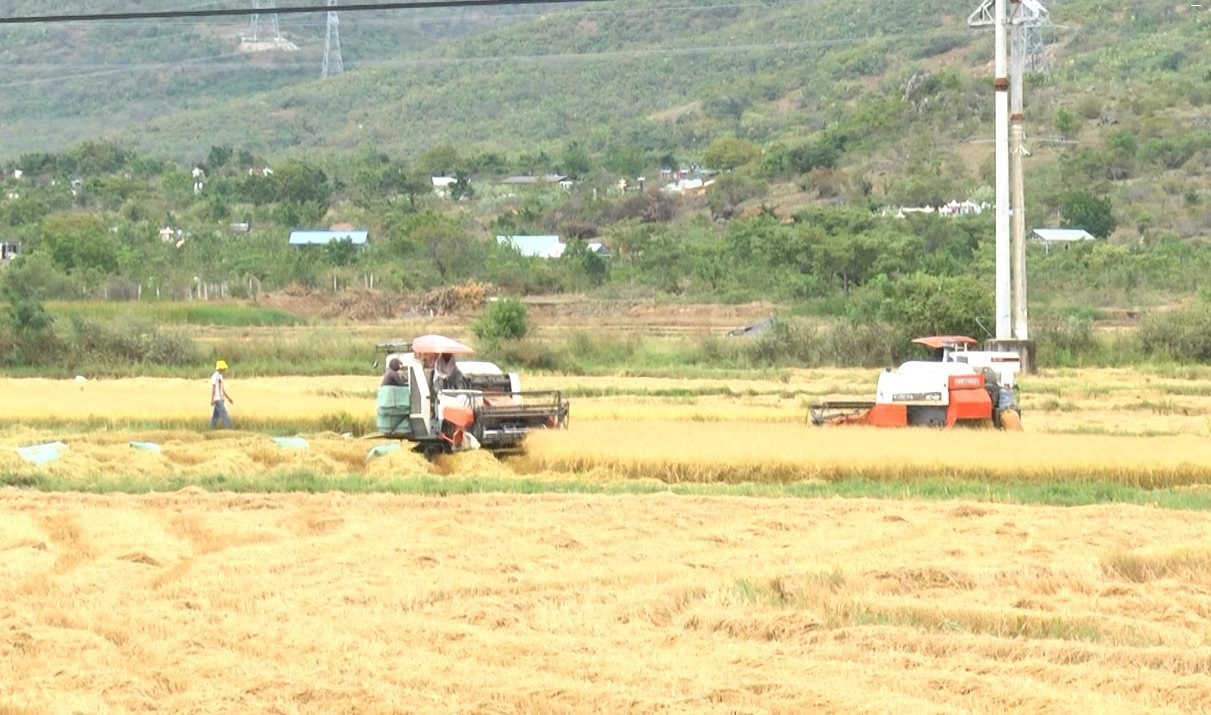
These cooperative models not only play a role in increasing people’s income, but also create conditions for sustainable development of production and service industries in Binh Thuan. The connection between members in the cooperative helps them access larger markets, apply advanced technology and ensure products meet quality standards.
KTTT still has many challenges
However, collective economy in Vietnam, including Binh Thuan, is facing many difficulties and challenges. According to the Provincial Cooperative Union, many cooperatives are currently having difficulty mobilizing capital to invest in infrastructure, machinery, modern equipment and advanced technology. Small-scale cooperatives with small production scale often do not have enough collateral or do not meet the conditions for borrowing from banks. Access to support capital sources from the government or development funds is also limited, especially due to complicated procedures and lack of understanding of policies.
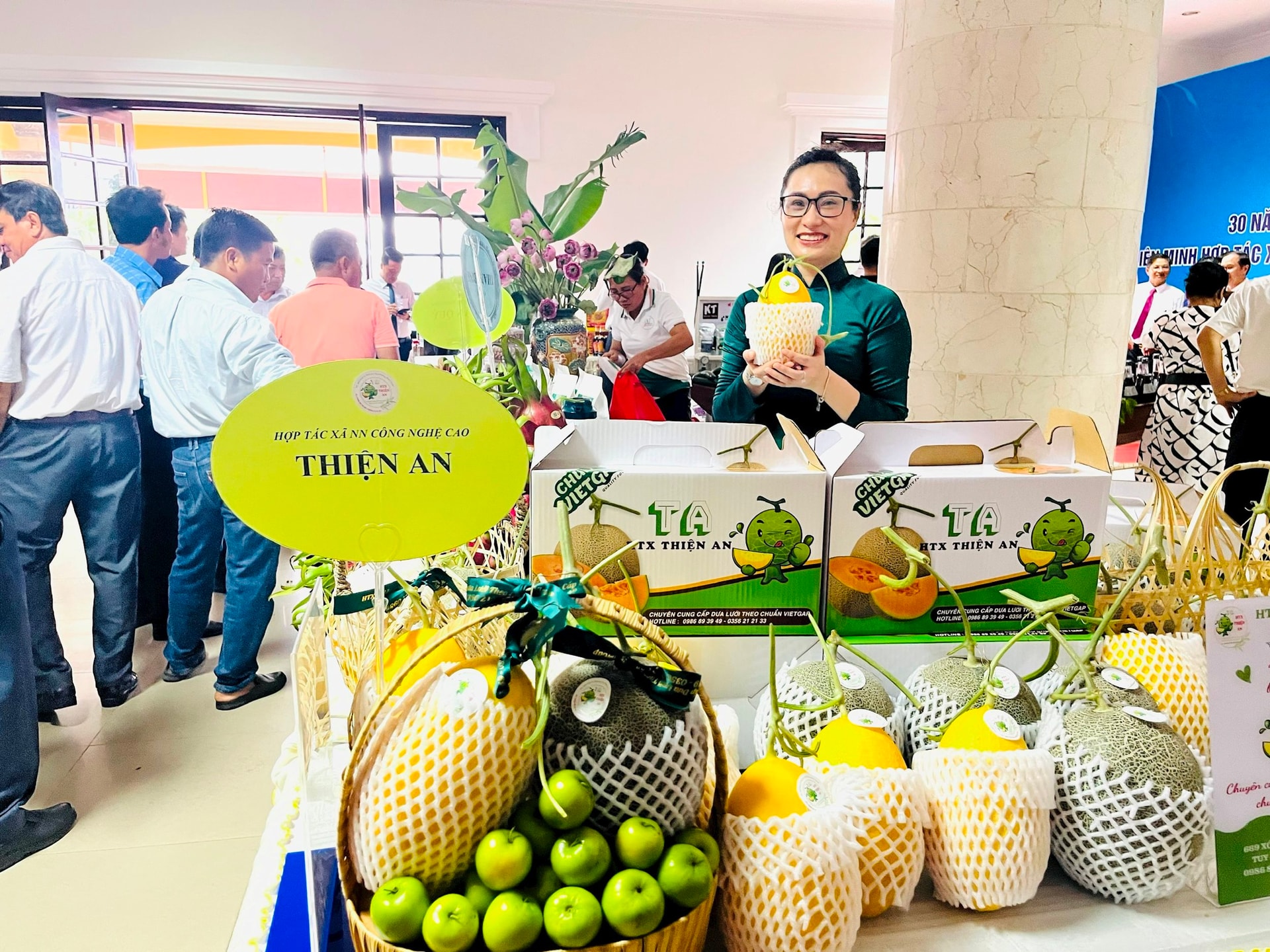
In addition, many cooperatives are not qualified to apply advanced production technology, leading to low productivity and product quality, making it difficult to compete in the market. The cooperative management team has weak and insufficient professional capacity. The lack of knowledge about business administration, marketing, and financial management makes it difficult for cooperatives to operate effectively and develop in the long term... Many cooperatives produce products that meet standards but have not built a strong enough brand to make an impression on the market. The lack of attention to brand building, product promotion and market development is a factor that makes it difficult for cooperative products to compete with private enterprises or international partners...

The Provincial Cooperative Union said that the province's collective economy and cooperatives have developed in both quantity and quality. Cooperatives are increasingly numerous, operating in a variety of ways and creating many jobs, contributing positively to the goal of hunger eradication, poverty reduction and new rural construction. In the coming time, the Provincial Cooperative Union will continue to promote and implement plans to improve the effectiveness of collective economy. In addition, it will focus on encouraging the sustainable development of collective economy, with cooperatives as the core, with many forms of association and cooperation; creating conditions for household economy to develop in the fields of agriculture, industry, trade and services, contributing to the formation of a value chain from production to processing and consumption, ensuring the harmony of interests of participating entities.
In order for the collective economic sector to be more effective, the province will focus on implementing a number of key solutions, strengthening propaganda, training and improving the capacity of cooperative human resources, creating a full, correct and unified awareness of the nature and model of new cooperatives among cadres, party members and the masses. In addition, it will continue to effectively implement policies to support agricultural development in the collective economic sector. At the same time, it will re-evaluate effective models to have a basis for replication in the province. At the same time, select a number of cooperatives of appropriate scale to support the construction of a chain linkage model with enterprises in the direction of applying high technology, ensuring product output.
Source: https://baobinhthuan.com.vn/de-kinh-te-tap-the-la-dong-luc-quan-trong-cua-nen-kinh-te-124098.html




![[Photo] Prime Minister Pham Minh Chinh receives President of Cuba's Latin American News Agency](/_next/image?url=https%3A%2F%2Fvphoto.vietnam.vn%2Fthumb%2F1200x675%2Fvietnam%2Fresource%2FIMAGE%2F2025%2F12%2F01%2F1764569497815_dsc-2890-jpg.webp&w=3840&q=75)


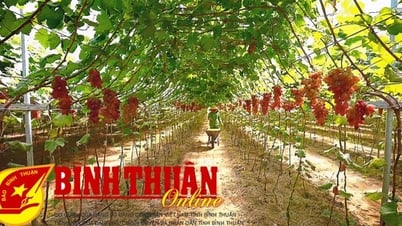









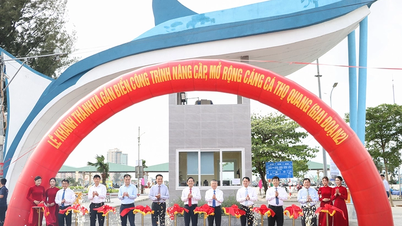









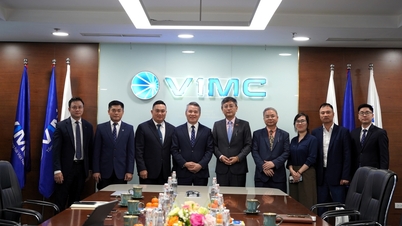
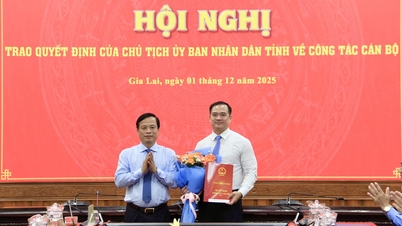














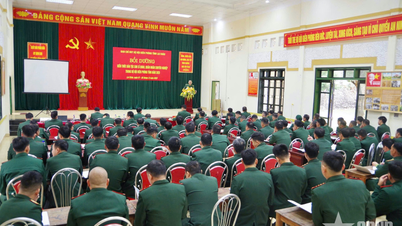



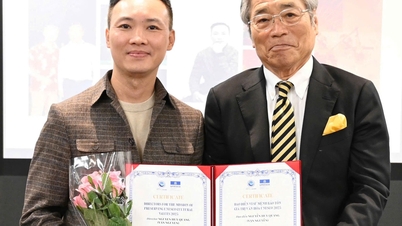




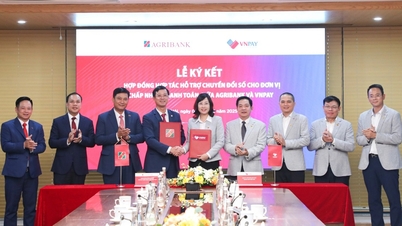
























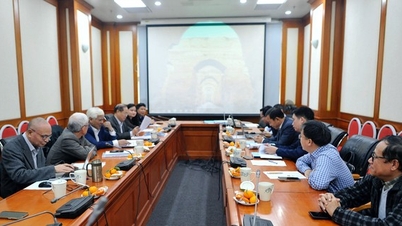
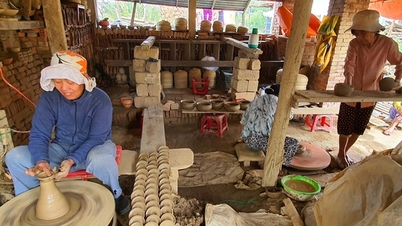




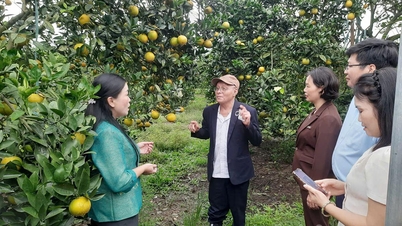

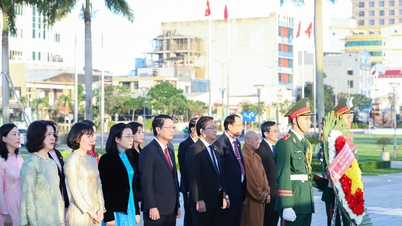



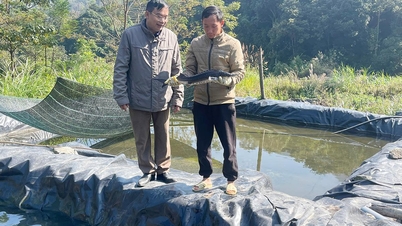














Comment (0)